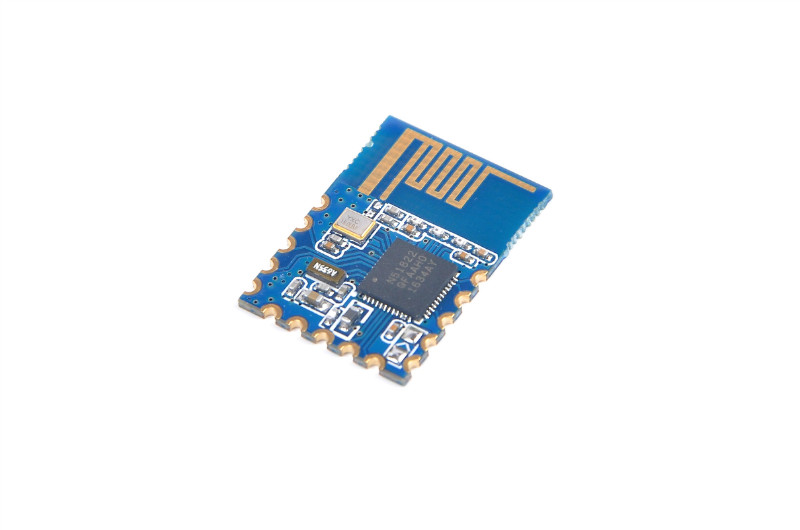 |
| 8879 Remote control IR Speed Remote Control |
Traditionally, we use 8879 Remote control IR Speed Remote Control to control most 4 trains.
But I also want to control auto switch tracks with motor , it's need more and more 8884 REMOTE CONTROL IR RECEIVER.
If I want control 4 train and 4 switch, I need 2 x Remote Control, 8 x IR Receiver, 4 x 88002 Train Motor, 4 x 8883 Medium Motor, 8 x Battery Box, cost $$$$$$$$$$....
The expenditure of motor is unavoid, but I want build more intelligent railway system, a IoT based system, IR is not a good choice.
A BLE based Remote Control is better.
At beginning, I use RFDuino, a Arduino ecology mcu with NRF51822, including Nordic privated Gazell Link Layer protocol(GZll), very easy to exchange data between BLE devices by GZll.
 |
| GZLL Star Network |
This my first prototype:
RFDuino with GZll is good, but only support 8 devices (with host, totally 9 devices), there is not enough expansion capability for me. So I begin to study next prototype.
I found RedBear BLE Nano is a good candidate, acceptable price, and a most important: open source!
 |
| RedBear BLE Nano |
Open source that mean I can duplicate many BLE Nano compatible device with cheap NRF51822 board.
 |
| NRF51822 BLE GT82C01 |
First I buy a set of RedBear BLE Nano for my 2nd prototype, I use RFDuino as RC host, to treat as a Beacon/Broadcaster. BLE Nano as RC device, to treat as a observer.
BLE Nano can receive advertisement data from Beacon, parse the data and interpreter command to control motor.
Now the path between RFduino and BLE Nano is linked, next step is controlling train motor directly!

